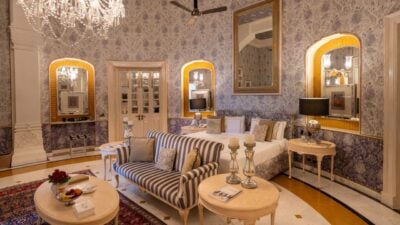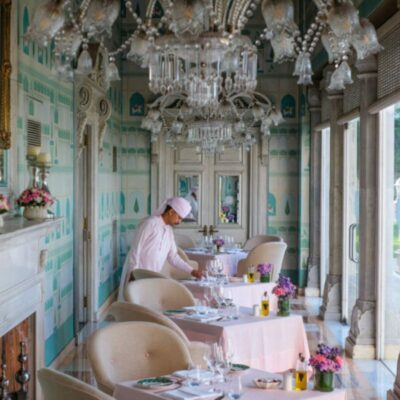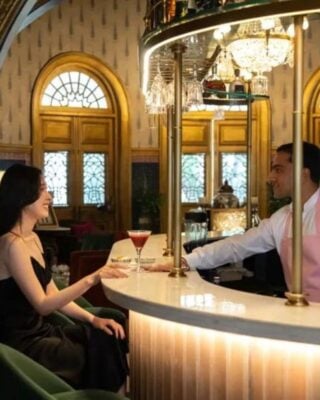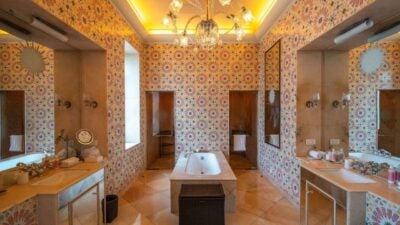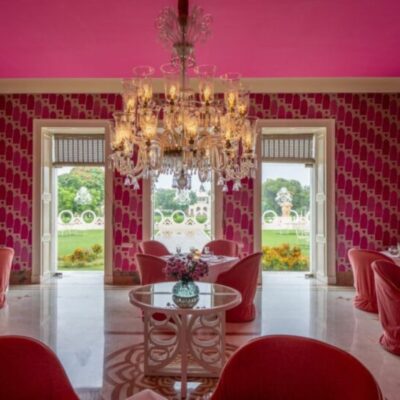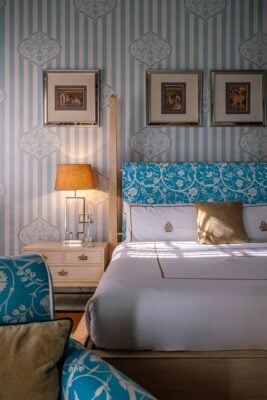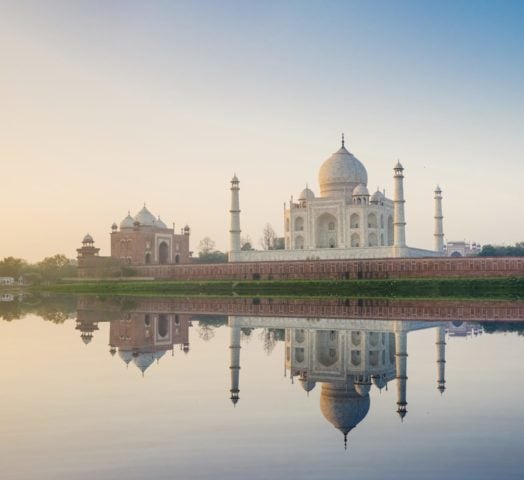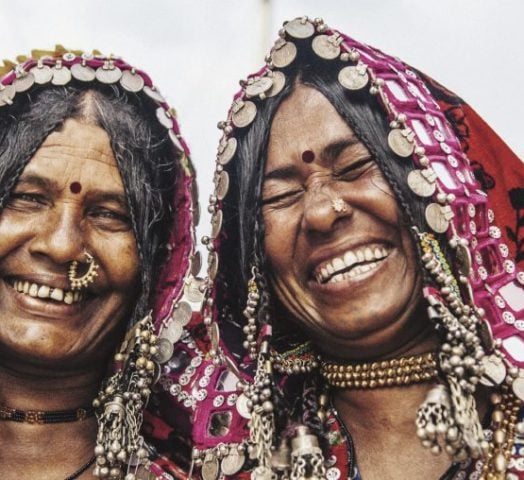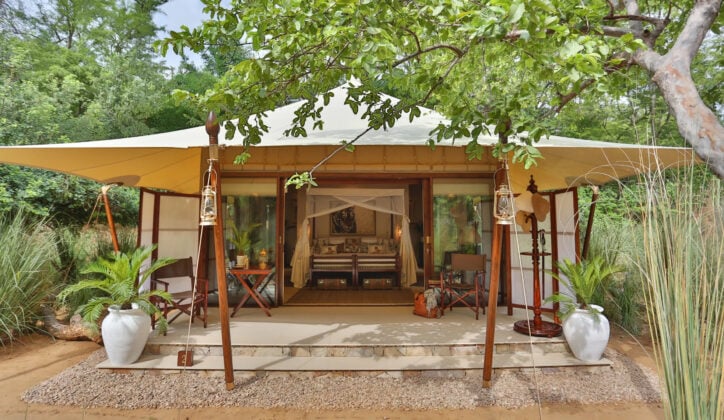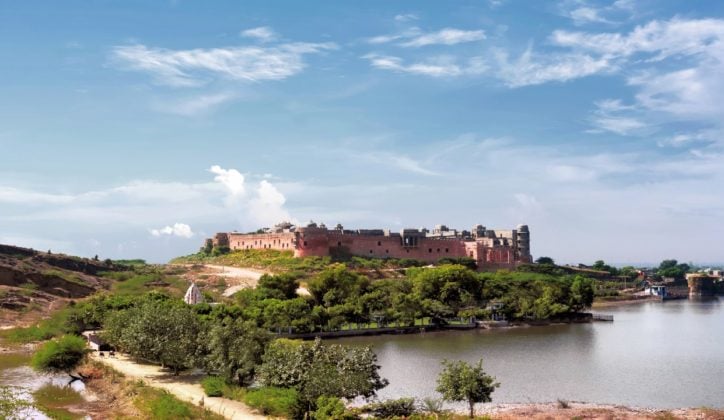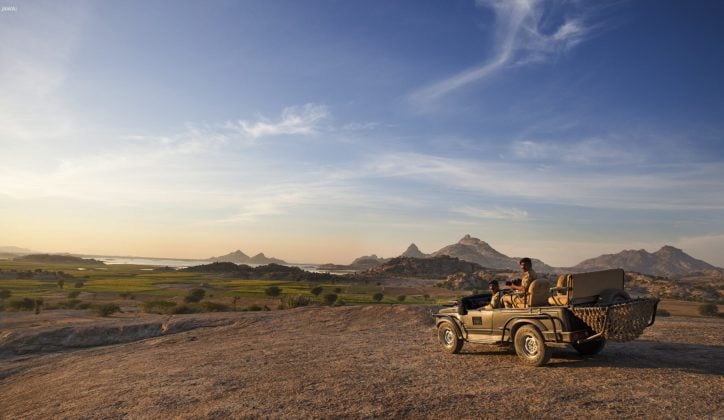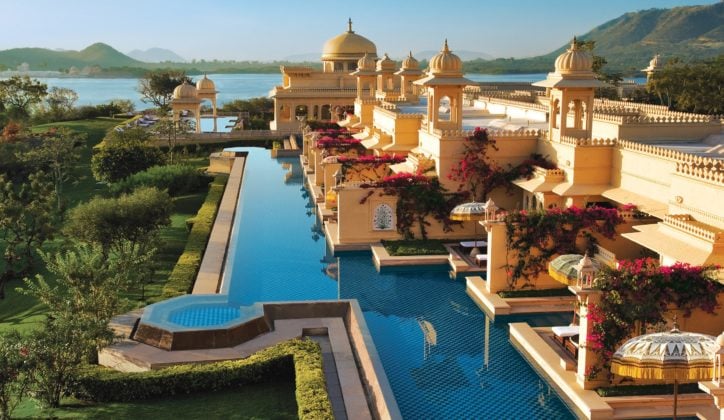Jaipur, India
RAAS Rajmahal Palace
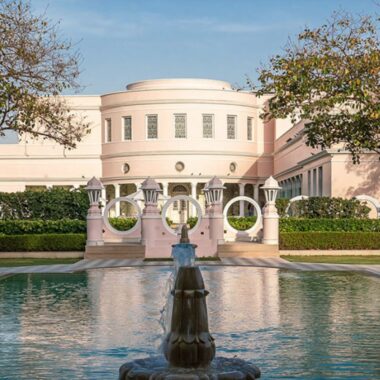
An exquisite royal palace in the Pink City
Built in 1729 as a private rural retreat for the Maharaja of Jaipur’s wife, the RAAS Rajmahal Palace has remained an opulent oasis even as the city has grown around it.
Still owned by the royal family of Jaipur, in the halcyon days of the British Raj it embodied the glamour of ‘Jaipur Life’. As the preferred private residence of Maharaja Sawai Man Singh II, the dashing polo player, the likes of Queen Elizabeth II, The Duke of Edinburgh, Jackie Kennedy and the Shah of Iran were entertained within its great walled gardens.
Today, it has been meticulously and daringly restored by designer Adil Ahmad, with grand chandeliered rooms embellished with intricate thematic wallpapers and luxurious fabrics.
With an initial 14 royal apartments, suites and palace rooms, ranging from palatial to genuinely royal – one room built specifically for Queen Elizabeth II’s state visit in 1961 – service is both personal and accomplished.
Down the marble staircase, choose to lounge around the art deco pool or treat yourself at the spa. There are three dining options; the relaxed Colonnade, vibrant 51 Shades of Pink, and formal traditional dining at The Orient Occident. The Polo Bar celebrates the talents of Jaipur’s sporting tradition and afternoon tea on the lawn is a must.
If you can bring yourself to venture outside the Rajmahal’s walls, you’ll find Jaipur’s famed forts, palaces and local markets just minutes away, and tailor made culinary, historical and photographic walking tours can be arranged.
Highlights
13 rooms and suites including two spectacular Royal Apartments
Art Deco-style swimming pool
The Polo Lounge bar
Two decadent in-house restaurants
A spacious and relaxing spa retreat
Situated in the heart of the Pink City
Trip Inspiration
Plan your trip to India
Whatever you want from your adventure in India, our team of expert travel designers are ready to help.

